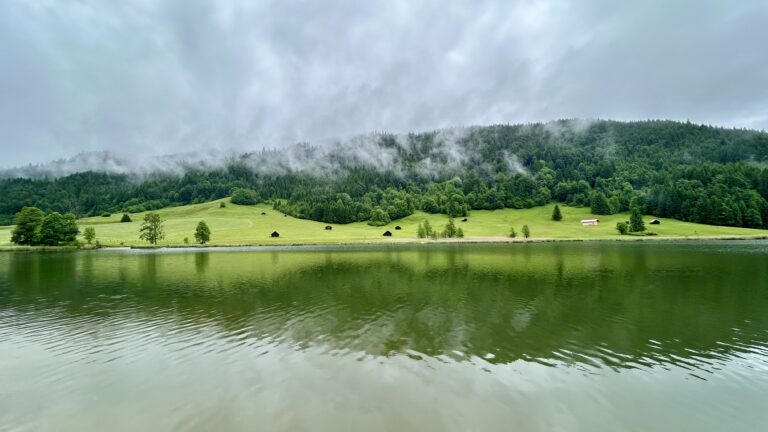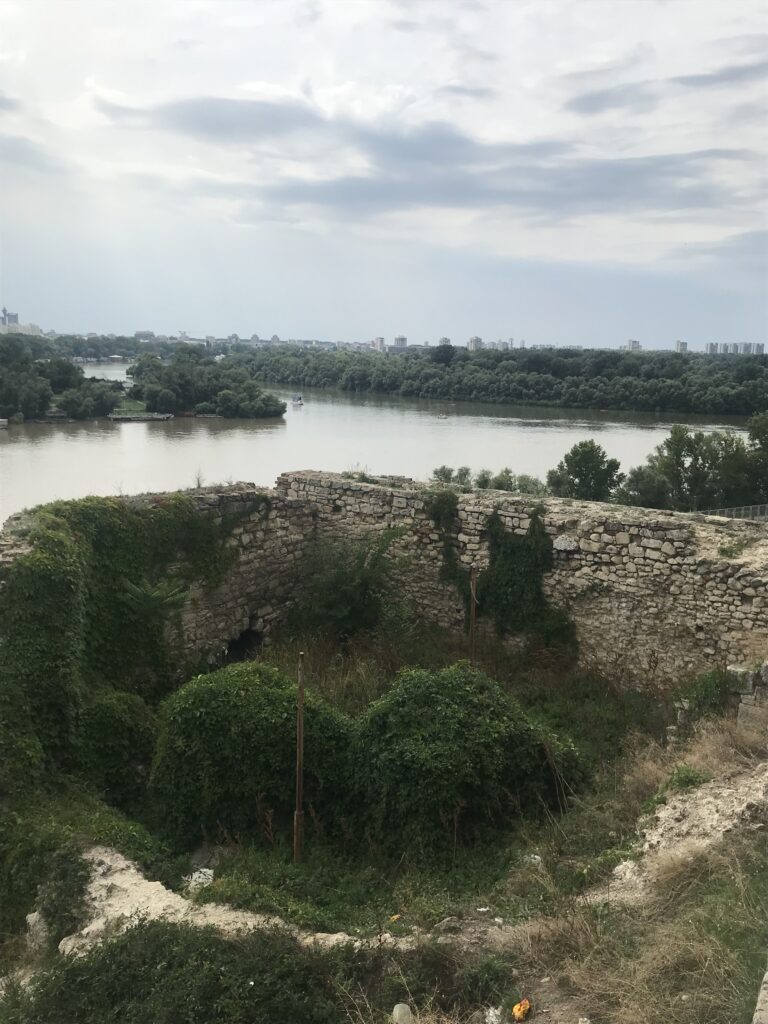liverpool
From London, I made my way to Liverpool, a city deeply tied to both music and maritime history. One of my first stops was the Beatles Statue at Pier Head, unveiled in 2015 to mark the 50th anniversary of the band’s final concert in their hometown. Standing in front of those four bronze figures felt like stepping into music history—Liverpool truly breathes the spirit of the Fab Four.
I also visited the Titanic Museum, which highlights Liverpool’s strong connection to the ship. Although the Titanic never actually visited the city, it was registered in Liverpool, and many crew members were from the area. The White Star Line, the company that owned the Titanic, had its headquarters right in Liverpool, making the disaster a very local tragedy.
Later, I tried the famous fish and chips, a classic British dish. Near the waterfront, I noticed chains with locks attached—a custom similar to Paris’s “love locks.” Couples fasten them as a symbol of their relationship, hoping their bond will remain unbreakable.
Of course, I couldn’t leave without admiring the Liver Bird, the mythical creature that has become Liverpool’s symbol. Legend has it that one bird looks over the city to protect its people, while the other looks out to sea to safeguard sailors.
I also stepped into the Anglican Cathedral, one of the largest cathedrals in the world, completed in the 20th century. Its sheer scale and gothic design were breathtaking—it was less of a museum, more of a spiritual monument that dominates the city’s skyline.
Finally, I wrapped up my evening with a pizza, reflecting on a day full of music, history, and culture.


























